Spring dial scales calibration
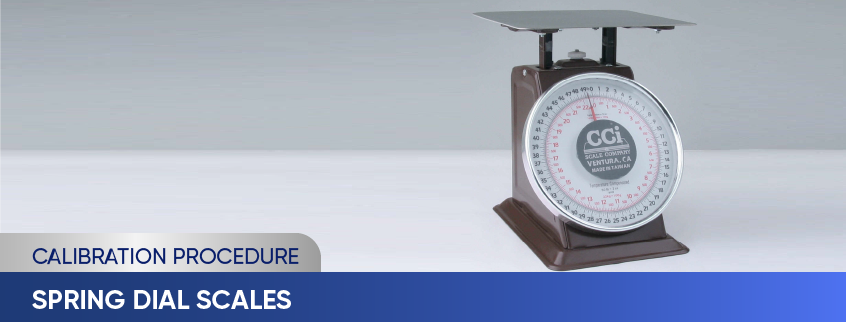
Major Contents
- What are spring dial scales?
- Structure and operating principle
- Application
- Why should you calibrate spring dial scales?
- Calibration procedure
Spring scales are a popular type of watch scale widely used in daily life. With its convenience and fairness, spring scales ensure that measuring becomes easier and more accurate. The spring scale calibration process is also simple, helping users trust in the accuracy of the measurement results.
1. What are spring dial scales?
Spring scales (also known as spring dial scales) are a popular type of scales widely used in everyday life. Due to its convenience and much cheaper price compared to electronic scales, it is a common choice for many people.
Spring scales come in two types: tabletop and hanging, usually with accuracy class IIII and the ability to weigh up to 200kg (according to OIML R76-2006)

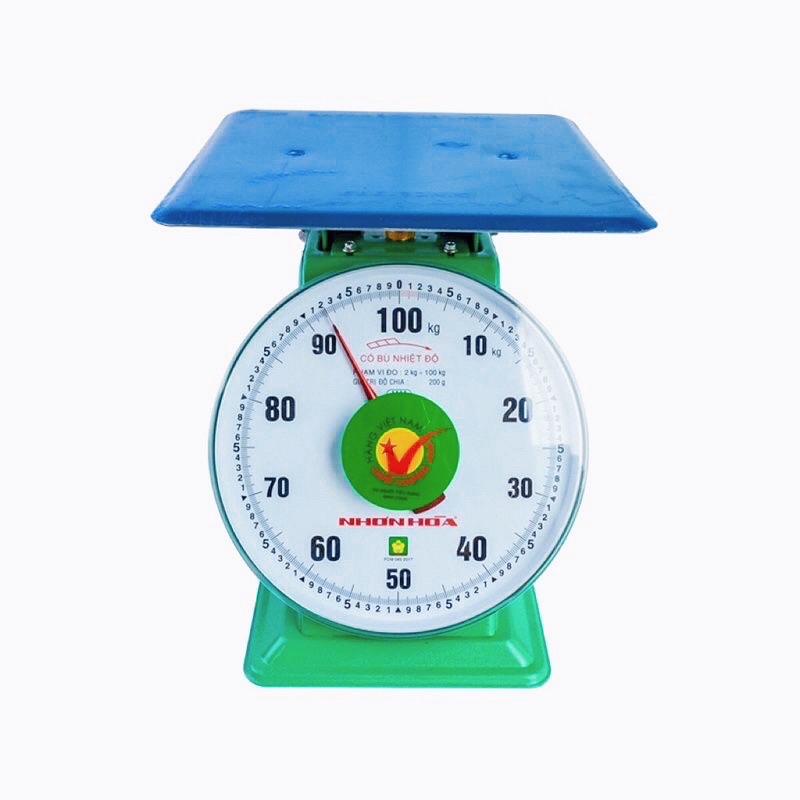
2. Structure and operating principle

2.1 Structure
The spring scale is designed based on the principle of the spring and the principle of balance. The structure of the spring scale includes the following main components: spring, rack, pinion, spring frame, pointer, dial with number markings, protective cover, weighing plate or hanging hook.
The spring scale operates on the principle of elasticity of the spring, creating a state of balance when the spring is compressed (tabletop spring scale) or stretched (hanging spring scale).
2.1 Operating principle
The spring scale operates on the principle of Hooke's law, which states that "the force required to extend or compress a spring is directly proportional to the force applied to it". This principle is used to measure the mass or force acting on the spring.
Here is how a spring scale works: The rack and pinion mechanism converts the linear motion (compression or extension) of the spring into circular motion, combined with the pointer and dial to indicate the measurement result. In addition, there is a rotating knob on the top of the dial, which adjusts the zero point when there is no load.
Based on these principles, spring scales have become popular tools for calculating and measuring mass and force in various fields, from business to manufacturing and health.
3. Application
- Spring watch scales are a popular measuring device used in everyday life. Here are some applications of spring scales in life:
- Measure the weight of small objects such as food, jewelry, coins, etc.
- Used in testing tensile and compressive forces of industrial components such as construction, automobile manufacturing, machinery, parts such as springs, gear tubes, etc.
- Used in balance testers and indicators as pressure gauges.
- In the manufacturing industry, spring scales are used to measure the destructive force of materials, helping in the process of checking product quality.
- Spring scales are used in the quality industry to help measure the load-bearing capacity of equipment and materials.
- In medicine, spring scales are used to measure the amount of powder or liquid medicine needed to treat a patient.
- Therefore, it can be said that a spring scale is one of the versatile measuring tools, having many applications in daily life as well as in industry and medicine.
4. Why should you calibrate a spring dial scale?
Over time, the accuracy of measuring devices gradually decreases, and watch scales are no exception. Periodic calibration helps ensure the reliability of measurement results and promptly detect unusual deviations or failures.
5. Calibration procedure
Accuracy level of weights used for calibration: M1 precision weight set or higher accuracy level.
- When performing calibration, the following conditions must be met:
- Standard weight: The total nominal mass of the standard weight is at least equal to the Max of the scale.
- Temperature: as the normal working temperature of the scale according to the manufacturer's regulations
- The influence of external influences (vibration, vibration, wind,...) does not distort the results
- The scale should be calibrated at the site of use.
- The scale must be completely assembled, cleaned, and adjusted for balance. If the scale has a Nivo, the water bubble must be adjusted to the midpoint of the centering line, ready for calibration.
- Gather enough standard weights, specialized test racks, and auxiliary optical disks.
- Temperature stability for precision cable weights E2, F1 and F2 according to the requirements in Table 3 of the technical documents
- Check the label, name of manufacturer (country), weight, Max, Min, and graduation value;
- The scale must have all necessary details, parts, and accessories
- The indicator must be clear and read accurately
5.4.2 Technical inspection
- The weight-receiving part of the scale must be sturdy, firmly installed and not entangled by other parts of the scale
- The watch hands do not touch the glass and dial throughout the entire working range (from "0" to Max).
- If you detect an error in the needle's index at point 0, proceed to return the scale's index to "0".
- Check repeatability
- Check accuracy
Measurement uncertainty (MU) is compiled from the following sources:
- MU of standard weights
- MU due to resolution at load level
- MU due to repeatability
- MU due to angular deviation
- After calibration, the spring dial scale is stamped and issued a calibration certificate with the calibration results.
- Recommended calibration cycle: 01 year
To consult and request a quote on our calibration services, please kindly contact us via the following information:
LABORATORY: DONG TAM MEASUREMENT AND TECHNICAL TRADING SERVICE CO., LTD
Address: No.57-59 Street 11, Binh Hung Residential Area, Binh Hung Commune, Binh Chanh District, Ho Chi Minh City
TEL: 028 375 83 869 - Hotline: 0909 347 891 (Mr. Lâm)
Email: info@dongtam-mes.vn
Relative post | Xem tất cả
- Stopwatches calibration
- ORP meter calibration
- Hydrometer calibration
- Analytical and Technical balance calibration
- Analytical and Technical balance verification
- Spring dial scales verification
- Bench weight scale verification
- Bench weight scales calibration
- Platform scales verification
- Platform scales calibration
- Chlorine meter calibration
- Total suspended solids (TSS) meter calibration



















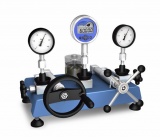
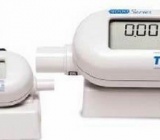
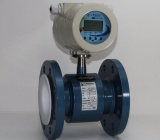

 Legal
Legal  Call: 0283.7583869
Call: 0283.7583869  Search for Certificate
Search for Certificate  Contact
Contact